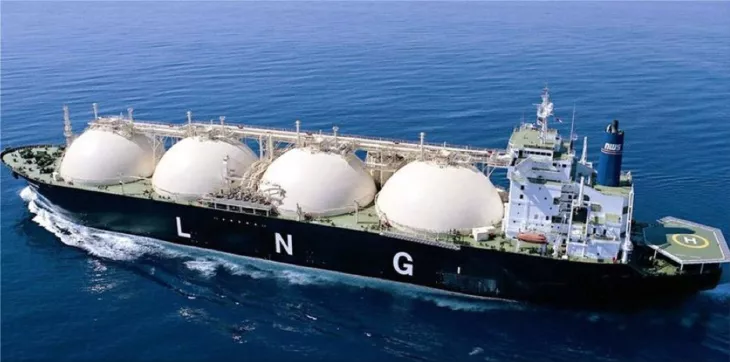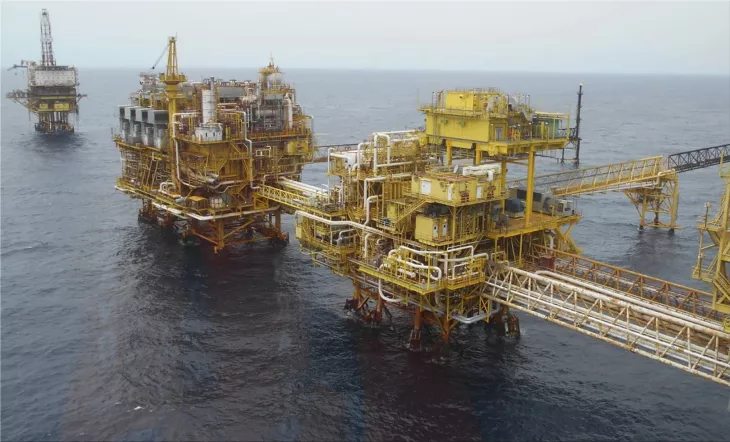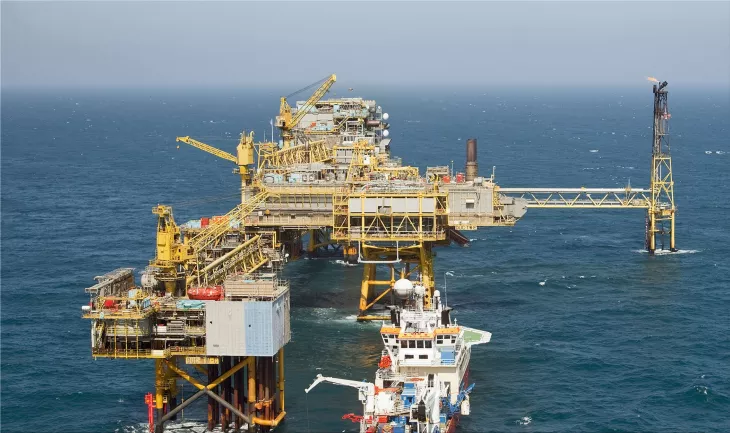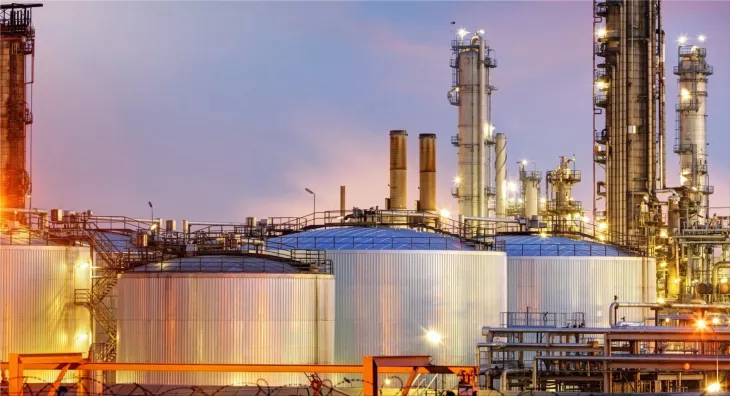Russia's invasion of Ukraine would disrupt global energy commodity trade, even if Western governments refrain from imposing restrictions on Russian exports. Nevertheless, none of Moscow's retaliatory measures have targeted crude oil, coal, or natural gas exports, the latter by pipeline or ship as liquefied natural gas.
That is probably a subtle acknowledgment of Russia's critical role in the worldwide supply of essential commodities, particularly natural gas, which Russia supplies around 40% of Europe's yearly consumption.
However, even if the US, Europe, and other ally nations such as Japan and South Korea decided not to impose sanctions on Russia's energy exports, private corporations are likely to do so on their behalf.
Even without sanctions, the risks associated with doing business with Russia will become too great for many companies to handle. A striking instance of this was the story on Thursday that a coal bulk tanker hired by commodity trading giant Cargill was damaged by a shell in the Black Sea in Ukrainian seas, only hours after Russia started a massive attack on its neighbor.
Very few trading, shipping, and insurance companies will take the risk of dealing with Russian cargoes, fearful of physical attack, payment difficulties as a result of financial sanctions, the risk of non-delivery. If additional sanctions are imposed against Russia, and even public and investor backlash for continuing to do business with a country widely viewed as conducting an illegal war.
How does this translate into practice in the realm of commodities trading?
The first thing to make is that this will almost certainly be a lengthy, drawn-out procedure that will span months, if not years. Russian energy commodity exports will continue in their current form for some time but will begin to shift. According to Refinitiv Oil Research statistics, Russia sent around 2.66 million barrels per day (BPD) of oil to Europe via the seaborne market in February. It typically delivers more than 2 million barrels per day.
European refiners will now be hesitant to purchase Russian oil, and the significant Urals grade will probably have to be offered at meager prices to attract customers. Already, Urals differentials have reached an all-time low, falling to an $11 per barrel discount on Thursday as purchasing activity in northwest Europe dwindled.
Who will be willing to purchase Urals crude? China is the obvious solution, as it has previously signaled that it will not join any sanctions against Russia. However, for the Urals to reach China, a lengthy sea trip through the Suez Canal or around the Cape of Good Hope would be required, increasing the expense of transportation. This implies that Chinese refiners would likely seek more significant discounts to absorb Urals cargo. But, even then, they are unlikely to take anywhere like the quantities Russia will lose in Europe.
Other countries may be lured by cheap Russian oil, but they will almost certainly face pressure from Western nations, particularly the United States. Russia also exports crude oil to Asia, with the ESPO grade, in particular, being sought after by independent Chinese refiners.
According to Refinitiv, Russia shipped 1.29 million barrels per day of seaborne crude to Asia in February, with the majority, roughly 718,000 barrels per day, going to China.
However, around 572,000 barrels per day of Russian oil were sold to other Asian consumers, including approximately 126,000 barrels per day to Japan and 355,000 barrels per day to South Korea. These flows are under threat in the coming months, which means Russia will either seek new markets or increase its volume in China.
On the other hand, European refiners and those in Japan and South Korea will strive to increase imports from other sources, which will be challenging given the present tightness of the global crude oil market.
Pressure on members of the Organization of the Petroleum Exporting Countries to rapidly increase output and abandon the current output deal they have as part of the larger OPEC+ group is likely to increase, especially if global benchmark remain above the $100 per barrel level.
Russia also exports coal to Europe, with February seaborne quantities estimated at 3.27 million tonnes by Refinitiv. Again, this trade is expected to become toxic for European utilities, forcing them to compete for cargo from the United States, Colombia, and South Africa.This is expected to result in a tightening of global seaborne coal markets, mainly in Japan, which purchased 1.18 million tonnes of Russian coal in January, looks to buy from alternative sources.
GlobalCOAL evaluated benchmark Australian thermal coal from Newcastle port at $244.29 per tonne, up 1.6 percent from the previous day and much higher than the last week's $226.39.
Natural gas is where Europe's situation will deteriorate, given its reliance on Russia and the scarcity of readily available alternatives.
Europe may purchase as much LNG as possible, thus diverting cargoes away from the world's largest importer, Asia, but this will be costly, as seen by the 28 percent gain in futures based on the Asian JKM price on Thursday to a two-month high of $37.01 per million British thermal units.
Europe may gradually increase its LNG imports from the United States and Qatar, expanding its capacity. They can improve the continent's production, mainly from the North Sea.
Europe may also invest massively in renewable energy and battery storage. Still, in the short to medium term, the region remains reliant on Russia, providing President Vladimir Putin with a lever to pull if the sanctions and voluntary commodities trade cuts begin to cause Russia genuine hardship.































